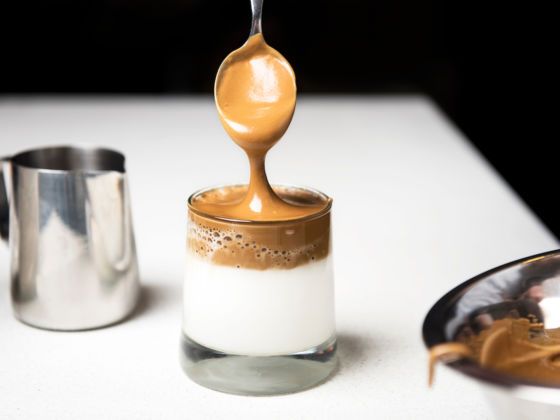If you follow the ups and downs of quarantine trends, you’d have reason to believe that TikTok birthed a sweet, high-caffeine coffee drink called dalgona, which slowly, then quickly, took over our kitchens. Dalgona is a whipped drink made with instant coffee, sugar, and milk. Over the past month and a half, influencers, celebrities, and anyone with some spare time on their hands have put their forearms to good use to whip up this supposedly new coffee trend.
The only thing is that it’s far from new. Its modern popularity stems from a South Korean TV show, but similar whipped instant coffee drinks can be found around the world, including India, Pakistan, Greece, and Macau. This is the twisting, multi-layered story of how what’s now known as dalgona coffee came to be.
